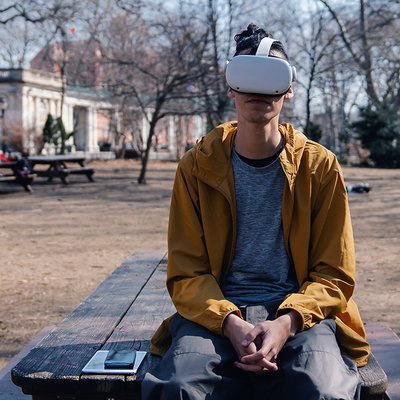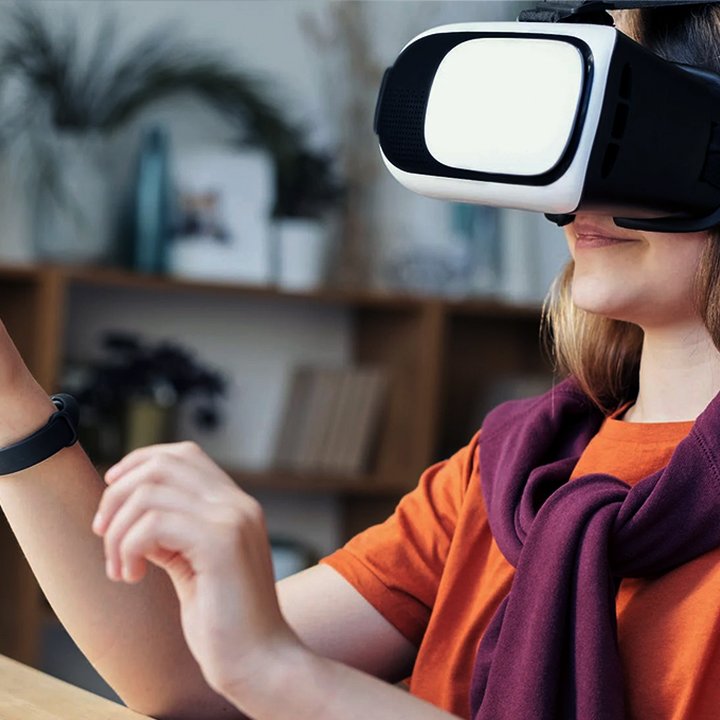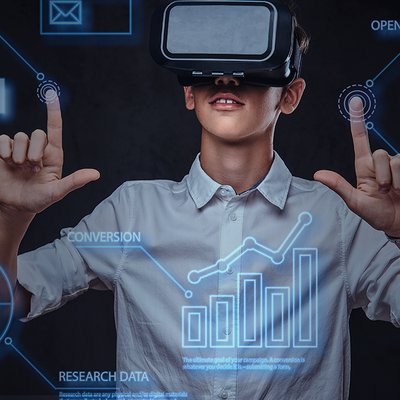VR technology has the potential to revolutionize the way students learn, particularly in areas such as science, history, and the arts. In this article, we will explore some of the exciting ways VR is being used in EdTech.
One of the most significant benefits of VR in education is its ability to create immersive learning experiences. Traditional teaching methods often rely on textbooks, lectures, and diagrams to convey information. However, VR allows students to step inside a virtual world and interact with objects and concepts in a way that is impossible with traditional methods. For example, a student who is learning about the human body can use VR to explore the organs and systems in three-dimensional space, getting a much more comprehensive understanding of how they work.
Another advantage of VR in EdTech is the ability to simulate dangerous or expensive environments safely. For example, medical students can use VR to simulate surgeries, without the risk of harming a patient. Similarly, architecture students can use VR to explore virtual buildings and designs, without the cost of constructing physical models.
Oxford LibGuides on Virtual Reality
An institution that has already embraced VR technology in education is Oxford University. Oxford LibGuides on Virtual Reality is a resource that provides information on the use of virtual reality in research and teaching at Oxford University. The LibGuides offer guidance on finding VR resources and equipment, and provide links to relevant databases, journals, and other useful resources. The guides cover a range of disciplines, including archaeology, medicine, psychology, and more, demonstrating the wide range of applications for VR technology in academia.
Students and researchers can use the LibGuides to discover new and innovative ways to incorporate VR into their studies and research. Overall, the Oxford LibGuides on Virtual Reality serve as a valuable tool for anyone interested in exploring the possibilities of this exciting and rapidly evolving technology.

VR can also be used to enhance collaboration and teamwork.
Virtual environments can be created to simulate group projects or team-building exercises, allowing students to work together on tasks regardless of physical location. This is particularly useful for online courses, where students may not have the opportunity to meet in person.
Furthermore, VR can help to address accessibility issues. Students with disabilities or who live in remote areas can use VR to access education that would otherwise be inaccessible. For example, a student who uses a wheelchair can explore a virtual art museum, even if the physical museum is not wheelchair accessible.
The applications of VR in EdTech are not limited to traditional academic subjects.
VR can also be used to teach soft skills, such as empathy and emotional intelligence. For example, a student can use VR to step into someone else's shoes and experience life from their perspective. This can help to develop a deeper understanding and appreciation of different cultures and viewpoints.
Despite the many benefits of VR in EdTech, there are some potential drawbacks.
The cost of VR equipment and software can be a barrier to adoption, particularly for schools with limited budgets. Additionally, there is a risk that students may become overly reliant on VR technology and lose the ability to learn through traditional methods.
VR has the potential to revolutionize education, particularly in the areas of science, history, and the arts.
VR can create immersive learning experiences, simulate dangerous or expensive environments, enhance collaboration, address accessibility issues, and teach soft skills. While there are potential drawbacks to VR in EdTech, the benefits are significant. As VR technology continues to advance, we can expect to see even more innovative applications in the future.











